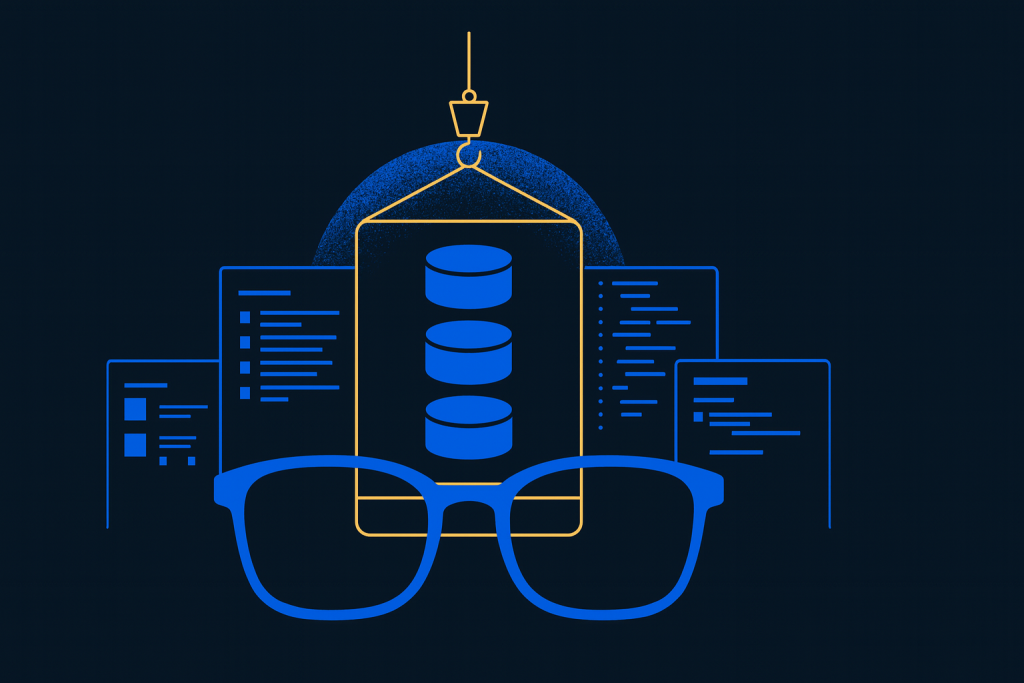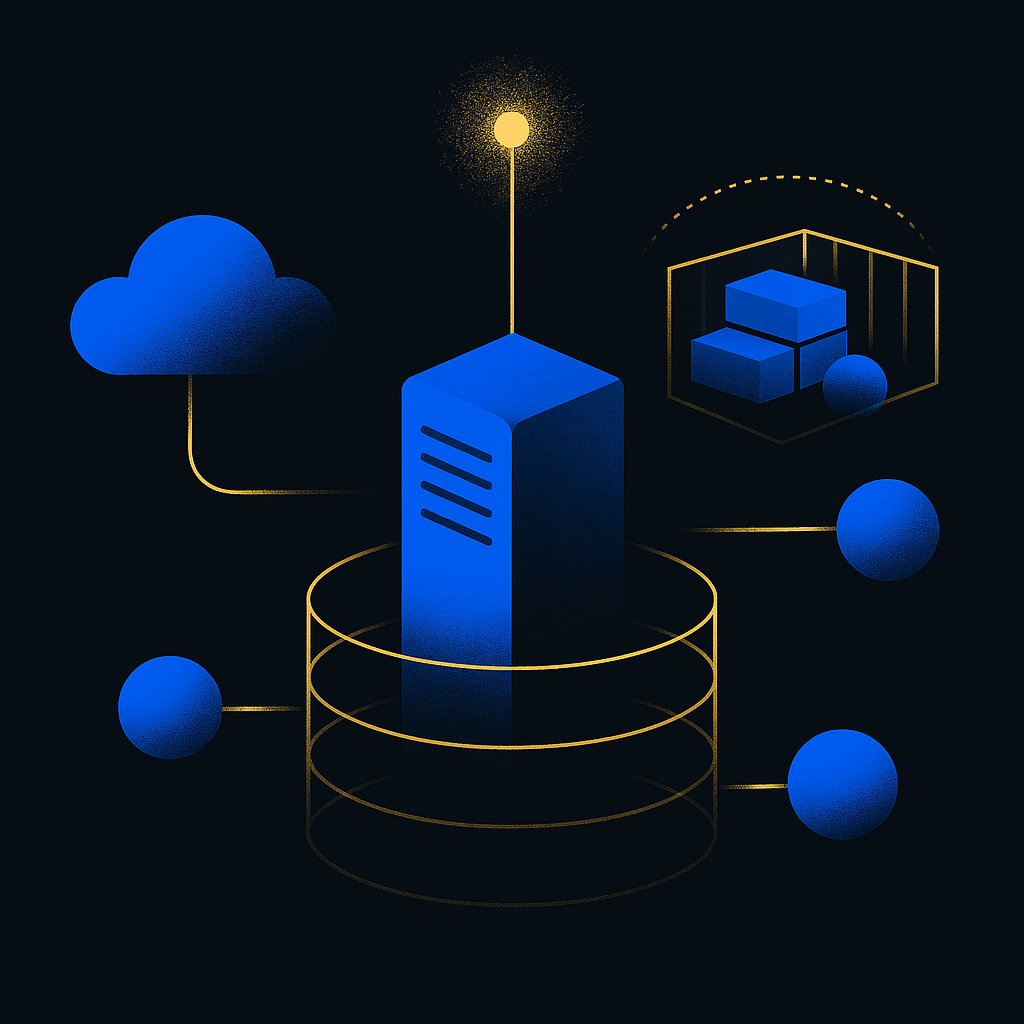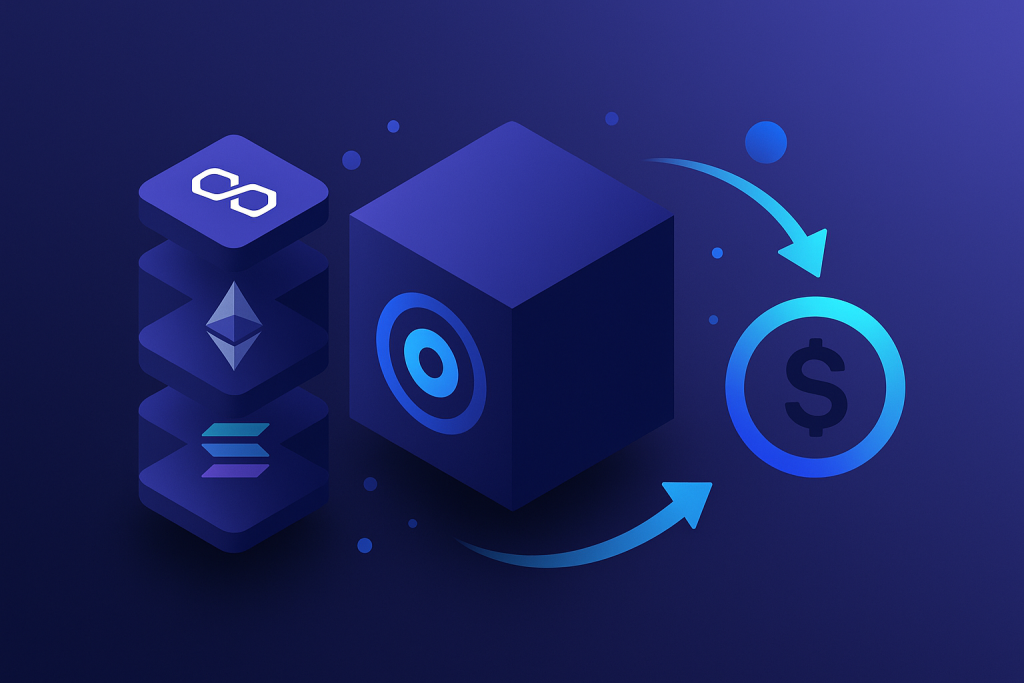요약 PATH는 포켓 네트워크의 Morse 및 섀넌(Shannon) 업그레이드를 위한 오픈소스 수요 측 클라이언트로, 엔터프라이즈 환경을 포함한 애플리케이션 통합을 간소화하는 API 및 오케스트레이션 도구 모음입니다. 이 도구는 경량의 오프체인 게이트웨이를 통해 JSON-RPC 릴레이를 네트워크로 디스패치하며, 섀넌의 온체인 증명, 컴퓨트 유닛 측정, 토큰 소각, 온체인 보상 분배 기능을 활용하고, 데이터 검증을 위한 QoS를 기본 내장하여 증명 생성과…
Author Archives: Pocket Network
Centralized vs. Decentralized Data Ingestion for AI
Why Data Ingestion Matters in AI AI agents in crypto live and die by the blockchain data they consume. Whether it’s a predictive trading bot reacting to mempool surges, an on-chain oracle feeding real-time price ticks to a DeFi protocol, or an AI service that generates dynamic NFT artwork from the latest block events, your…
How to Deploy Resource-Efficient Nodes with Containers
Want to save resources while scaling your infrastructure? Deploying containerized nodes is the answer. Containers let you run multiple isolated applications on shared hardware, cutting costs and improving efficiency. Here’s what you stand to gain: The Unseen Cost of Full Nodes Run-of-the-mill servers struggle once you start syncing a modern blockchain—or ten. Solana famously recommends…
섀넌 토크노믹스 업그레이드: $POKT 토큰, 이제 유틸리티 중심의 디플레이션 자산으로 거듭나다
게시일: 2025년 4월 16일 – 오후 8:57 | 작성자: Pocket Network 요약: 서론: 섀넌이 온다 — 그리고 모든 것을 바꾼다 2020년 출범 이후, 포켓 네트워크는 웹3(Web3)에서 가장 많이 사용되는 탈중앙화 인프라 프로토콜 중 하나를 조용히 구축해왔습니다. 핵심적으로, 포켓 네트워크는 애플리케이션이 전 세계의 탈중앙화된 노드 운영자 네트워크를 통해 블록체인 데이터에 접근할 수 있도록 지원합니다. 그 보상…
Official Checklist: Setting Up a Pocket Node On Shannon, Without Losing Your Mind
There’s a particular kind of thrill that comes from contributing directly to decentralized infrastructure. Especially when it doesn’t involve deploying smart contracts or shipping a DAO meme coin. If you’re a builder, tinkerer, or simply curious about Web3, setting up a Pocket Network (Pocket) node is one of the most accessible and meaningful ways to…
How to Set Up Your PATH Gateway and Save Big on RPC Costs
A hands-on guide to launching your own decentralized Gateway on Pocket Network’s Shannon Mainnet, for fun or profit! In Summary Running your own PATH is the most cost-effective and decentralized way to access Pocket Network’s RPC services. Compared to centralized gateway providers, you could save 30–70%. This guide gives you everything needed — step-by-step instructions,…
Understanding PATH: Decentralized Gateway Infrastructure for the Shannon Upgrade
Summary PATH is the open-source demand-side client for Pocket Network’s Morse and Shannon upgrade—a suite of APIs and orchestration tools that simplifies integration for applications, including enterprise deployments. It provides a lightweight off-chain Gateway for dispatching JSON-RPC relays into the network, leveraging Shannon’s on-chain proofs, compute-unit metering, token burns, and on-chain reward distribution, with built-in…
Bonding Curves and Dynamic Pricing Explained
On May 16, 2024, the crypto meme world was jolted when a Solana-based meme coin platform, Pump.fun, was compromised by hackers who manipulated its bonding curve contracts. The exploit resulted in abrupt price swings and heavy losses—underscoring how powerful yet precarious these automated pricing mechanisms can be. Despite the exploit, bonding curves remain a foundational…
Common Web3 Gateway Issues and How to Solve Them
Web3 gateways serve as critical bridges between users and decentralized networks, but they often face performance, scalability, security, and data synchronization challenges. Below, we explore the key issues and actionable solutions to optimize these gateways for a seamless decentralized experience. Understanding these challenges and their solutions is vital for ensuring a seamless experience as users…
How Multi-Signature Authorization Works
Security remains a top priority in cryptocurrency transactions, especially as the industry faces rising threats from cyberattacks and private key compromises. One of the most effective safeguards is multi-signature (multisig) authorization, a mechanism that requires multiple approvals to validate transactions, reducing reliance on a single point of failure. Despite its security benefits, multisig is not…





